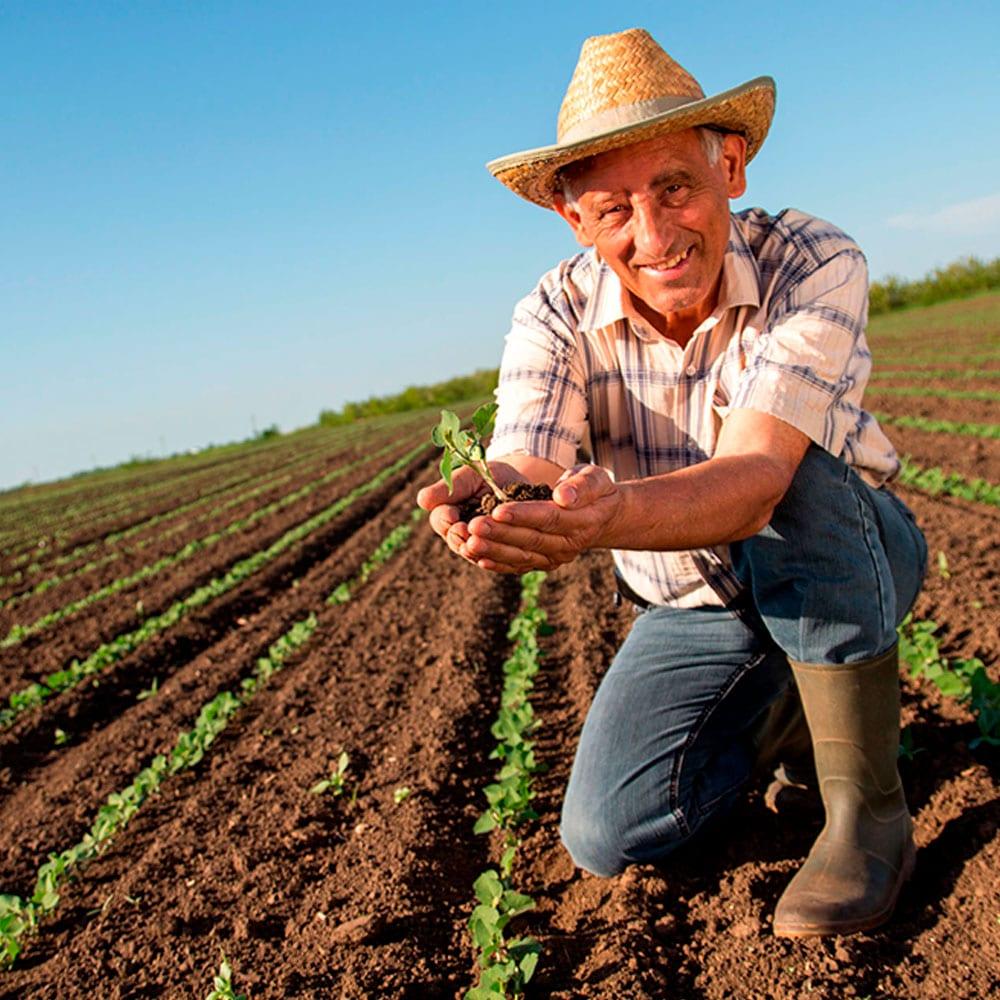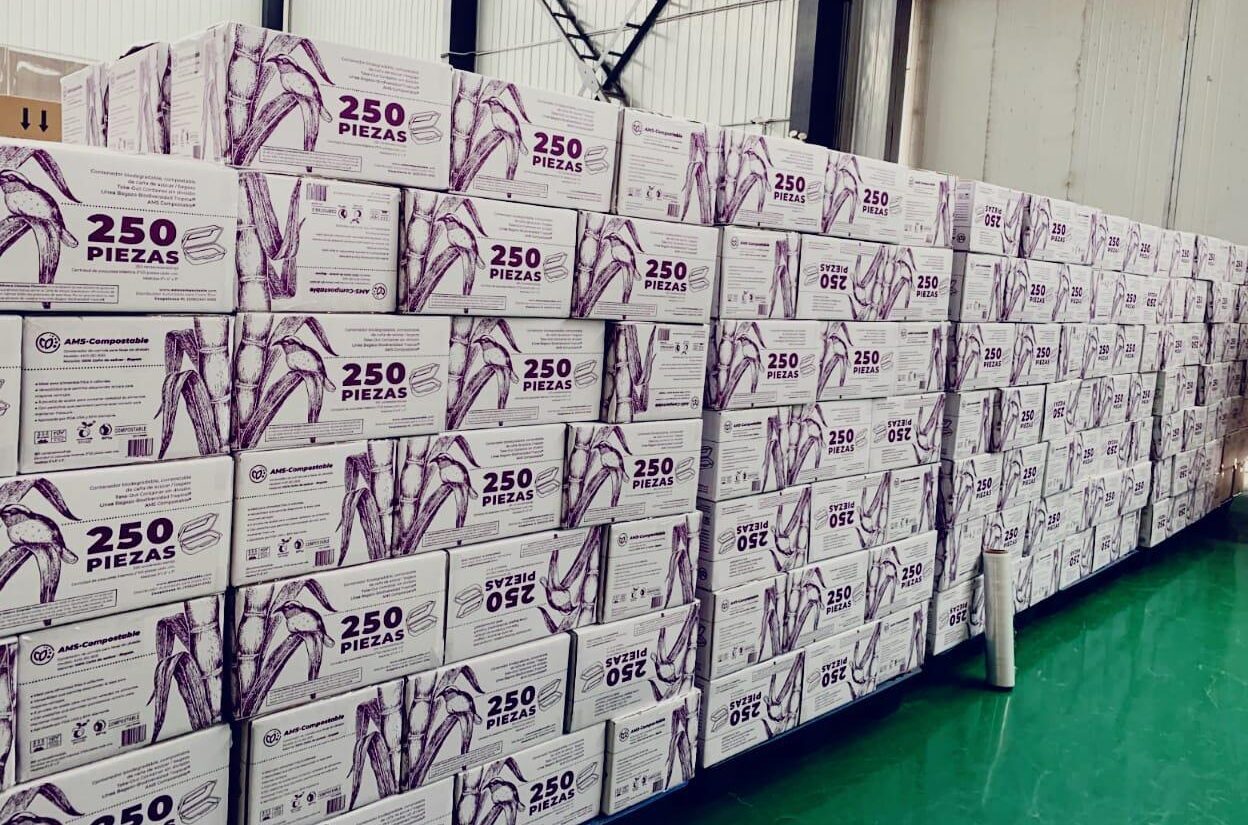
Introducing compostable products into regional programs
At AMS-Compostable we are aware of the role we need to play in driving social and environmental change. We would like to start small, with the basics because most consumers know little about composting and less about bioplastics. Aligning with well-respected organizations we try to tackle consumer education from a broad standpoint to strengthen the message of sustainable living. Compostable plastics offer great possibilities including reducing reliance on petroleum-based products and increasing the diversion of food waste. As the types of products and uses for compostable plastics rapidly expand, all players involved in their life cycle need to be in conversation to ensure this industry meets its potential. A few issues need to be addressed for consumers to correctly divert the products to composting, recycling or disposal: producer responsibility for packaging, the issue of labeling confusion needs to be resolved and treating food waste as a resource.
The ability to compost locally is a valuable resource to sustainable communities environmentally and economically. Moving forward as a “compostable industry”, it is important for those who understand to educate those that don´t on the how´s and why´s of the activity, so sustainable organics recycling can continue to grow, and the resulting production and application of high-quality compost can continue. The use of compostable bags and compostable food service products in regional organics recycling programs can increase the amount of organic residuals that can be captured from the waste stream and transformed into a beneficial soil amendment used in multiple applications. If regional processing options are available, additional resources can be invested in education and outreach programs.
Best results come from significant endeavors and collaborations between stakeholders: compostable product manufacturers, haulers, processors, government and private businesses. Packaging manufacturers expend vast resources to find the right substrate formulation for optimal consumer performance while balancing the ability to biodegrade and disintegrate at a composting facility. First and foremost is that the product meets the established compostability testing standards.
Recognized standards for compostability ensure that if these products are introduced as composting feedstocks, the will biodegrade and cause no detrimental effect to the finished compost. “Look alikes” ruin good feedstock streams; if the market is inundated with plastics or packaging with fraudulent product claims, which confuse the consumer and the composter, labor and disposal and processing costs increase; putting successful composting programs in jeopardy. Before any product is sold or even marketed as compostable, it must meet at least one of the recognized standards for compostability, i.e., ASTM D6400, D6868 or EN13432 or any equivalent specification.
The reality is that many programs are successfully capturing and composting postconsumer food scraps that often include compostable products. Outreach and education, training and retraining, signage and visual prompts and instant feedback when contamination is found are core components. For those including compostable products, best management practices include establishing protocols to ensure they are BPI-certified (BPI is the North American certifier), minimizing exposure to “look alikes,” testing the compostability of the products at the composting facility and creating infrastructure (e.g., equipment, composting methods) to facilitate complete biodegradation.





